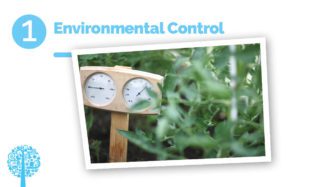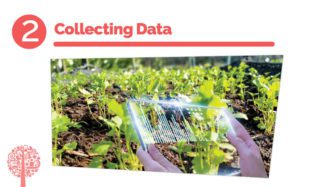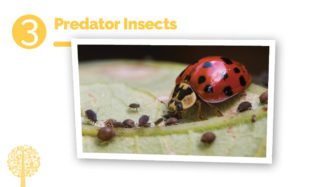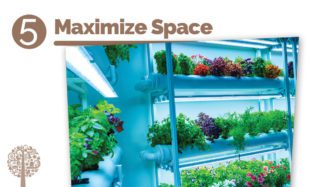A limited amount of growing space doesn’t necessarily mean small yields. There are several ways to ensure a productive grow room, whether you have a greenhouse, a grow tent, a decked-out shipping container, or a basement operation. Get started with our list of 5 Cool Ways To Boost Productivity In Small Grow Rooms.

Environmental Control
Whether large or small-scale growing, your entire operation can go downhill fast if any little thing goes wrong. Environmental control is essential to a healthy crop. Growers need to stay on top of air quality and temperature and humidity swings. Plants can be damaged and yields reduced if the room becomes too cold or hot, and high humidity can lead to powdery mildew, fungus, and even plant rot. If you don’t own a thermometer/hygrometer, get one with a max/min feature so you can understand your grow room’s patterns. Also, selecting the appropriate HVAC equipment for your space is a must. While the selection process can be overwhelming, there’s no way around it.
Collecting Data
So you’ve equipped your grow room with everything you need for environmental control; now what? Monitoring and collecting data can help push your plants to the next level! Modern digital technologies can help farmers and home gardeners avoid expensive mistakes and crop failure. Keeping track of the air quality gives you essential information about how your room performs and how the plants respond to various conditions, allowing you to make adjustments as needed. Invest in some sensors to monitor everything from temperature and humidity to VPD, Co2, and light levels. You can also collect information on water pH and EC monitoring, and set timers for fans and lights. Beyond collecting data, simply spending time with your plants will go a long way. The better you know them and what makes them tick, the better they’ll perform.
Read more about the benefits of collecting data in the Garden Culture archives! Data-Driven Cultivation: Crunching The Numbers In The Grow Room, by Tom Forrest, is a great start.
Predator Insects
Indoor growing spaces may be protected from the elements, but they will still fall victim to pests. There are many ways to prevent nasty bugs from getting into the grow room and decimating your plants, such as releasing biological controls or beneficial predators! Ladybugs, green lacewings, damsel bugs, and assassin bugs will happily munch on aphids. Let them loose in any grow space, and they’ll be sure any sap suckers won’t feast upon your plants. Parasitic wasps and predatory mites can help with whitefly, spider mite, and caterpillar infestations. You can order boxes containing predatory bugs online; it’s recommended to purchase more than you think you’ll need as they often disappear after all of the pests are gone.
Garden Culture’s Rich Hamilton offers advice on controlling whitefly and spider mite infestations on our website! Check these two articles out!
Clean Bean
Your bedroom might be a mess, but don’t let this trend continue in the grow room. This is not the place to let things go; a grow space needs to be kept sparkling clean if you want to keep your plants healthy. That means cleaning up any substrate that’s spilt from your pots; don’t let water sit on the grow table or floors, and remove any debris that’s fallen from the plants. Use dust filters in the ventilation system to keep pests from getting into the room and reserve a set of clothing to be worn exclusively in the indoor growing space and nowhere else. Various horticultural oils will create barriers on the plant leaf and prevent pests from settling in. Be sure to thoroughly check and isolate all new plants for a couple of weeks before introducing them to your space. High heat and humidity levels offer breeding grounds for pests and disease, so keep those in check. Finally, inspect your plants regularly for any signs of change; prevention is the best medicine! (PRO TIP: After you’ve cleaned the grow room, go make your bed.)
Maximize Space
Indoor growing space is limited, so it’s essential to take full advantage of the room you do have! Screen of Green (SCROG) will help you achieve an even canopy by stretching the grow horizontally instead of WAY up. As a result, plants will get an even distribution of light and better ventilation, boosting productivity! Place a screen about half a foot above the growing medium and gently weave the plant’s branches through it as they grow. Netting, stakes, and horticultural trellis will help support taller growing plants or train others to grow up instead of spilling out onto the limited floor space. This process will also help with proper aeration, reducing the chances of plant disease. Don’t forget to invest in some vinyl stretch or soft twist ties to secure branches to the trellis. Finally, consider intra-canopy lighting to increase yields. When used in combination with overhead lighting, adding lights within the plant canopy can lead to better results in the garden.



